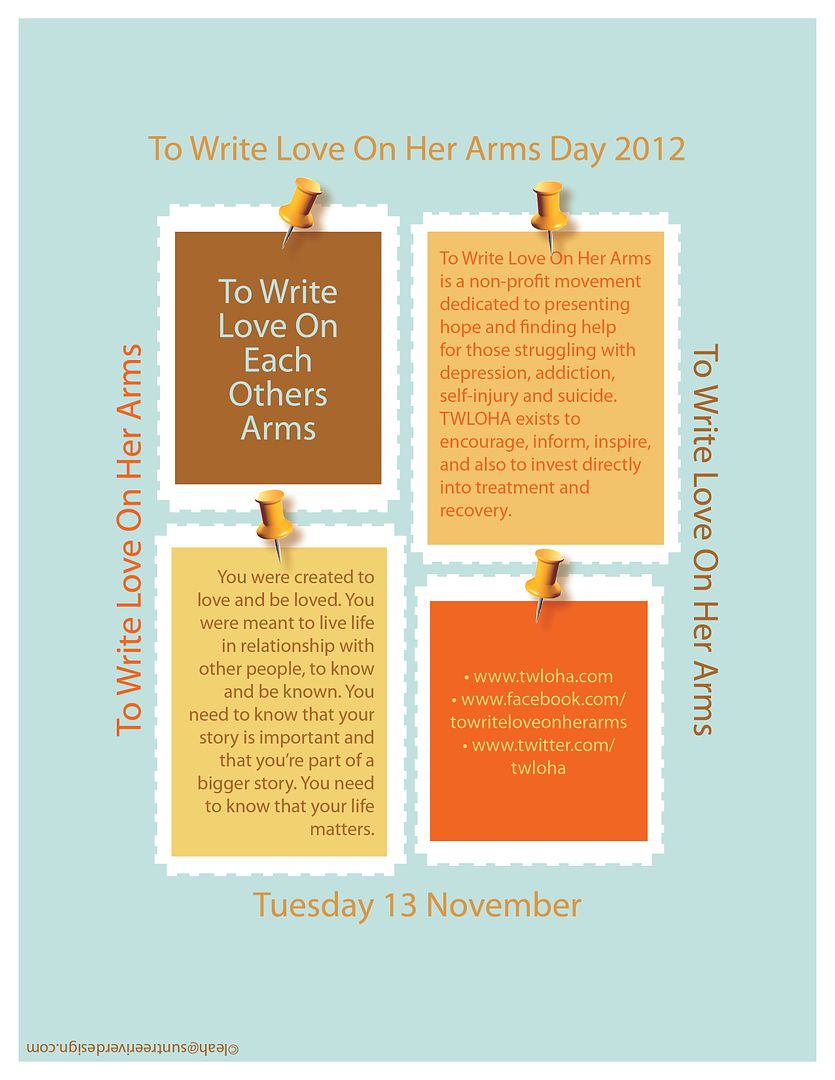

Neighborhood revitalization, brownfield reclamation,
storefront transformation, infrastructure rehabilitation...
 Published in 1968, Desert Solitaire narrates in journal-style Edward Abbey's trio of summers in the desert surrounding Moab in southeastern Utah. Although he was there during the mid-twentieth-century, before the Department of the Interior had commercialized and touristized Arches National Park's 33,000 acres quite to its current condition, Abbey is close to prophetically critical about rape of the land by government and industry in order to accommodate outsiders and garner profits, actions that began to ruin it as habitat for native species. In other ways, the author chronicles with no apparent sense of shame his own complicity in ruining the land by littering, in violating animal creatures who depend upon it for sanctuary.
Published in 1968, Desert Solitaire narrates in journal-style Edward Abbey's trio of summers in the desert surrounding Moab in southeastern Utah. Although he was there during the mid-twentieth-century, before the Department of the Interior had commercialized and touristized Arches National Park's 33,000 acres quite to its current condition, Abbey is close to prophetically critical about rape of the land by government and industry in order to accommodate outsiders and garner profits, actions that began to ruin it as habitat for native species. In other ways, the author chronicles with no apparent sense of shame his own complicity in ruining the land by littering, in violating animal creatures who depend upon it for sanctuary. 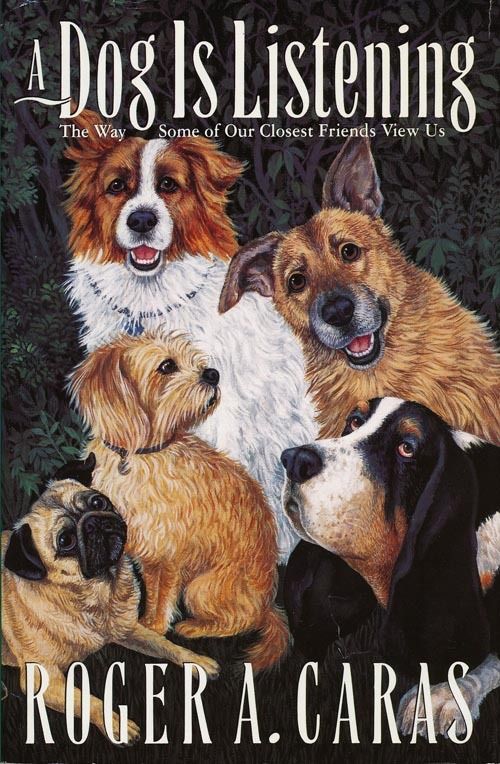 This is the second of Caras' pair of books about most people's most familiar household companions, domestic felines and canines. For the title, the author picks up on the very very well-known phenomenal acuity and range of dogs' hearing. The book design is identical to that of A Cat Is Watching, and in this book also, I love the line drawings featuring snippets of dog anatomy for each chapter heading. Chapter 12 describes and lists members of each (at the time of writing and publication, 1992) American Kennel Club-recognized groups of dogs: Terrier; Non-Sporting; Herding; Sporting; Hound; and Working.
This is the second of Caras' pair of books about most people's most familiar household companions, domestic felines and canines. For the title, the author picks up on the very very well-known phenomenal acuity and range of dogs' hearing. The book design is identical to that of A Cat Is Watching, and in this book also, I love the line drawings featuring snippets of dog anatomy for each chapter heading. Chapter 12 describes and lists members of each (at the time of writing and publication, 1992) American Kennel Club-recognized groups of dogs: Terrier; Non-Sporting; Herding; Sporting; Hound; and Working.
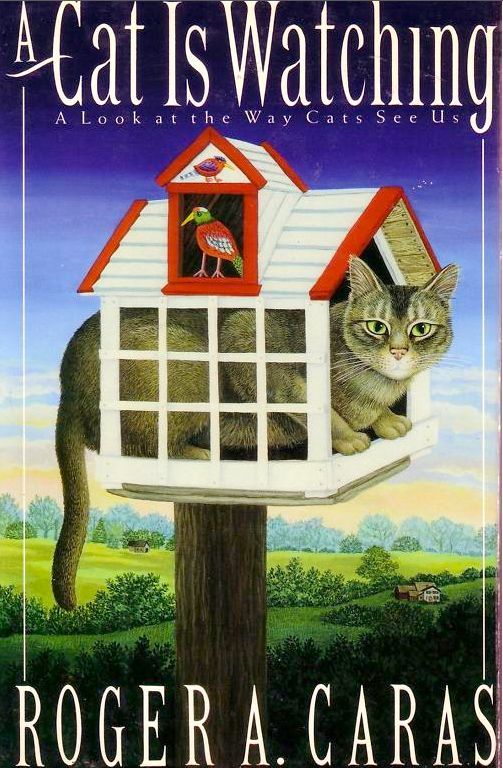
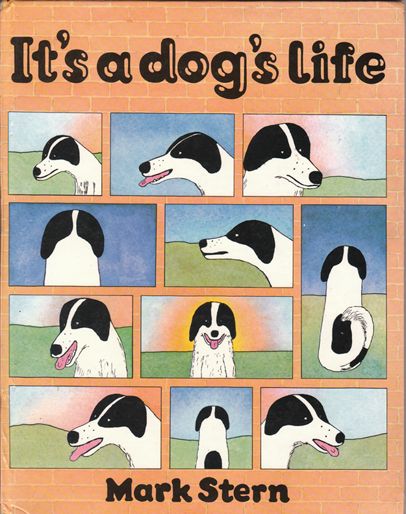 Quite a while ago I picked up this socialist dog's book and decided it needed a review and a blog. Mark Stern's illustrations are fresh and fabulous! Author Stern follows and narrates the experiences of Patch, a dog whose days progress from true happiness with his simple life in the hood to the production and marketing by someone else of a great idea he has dreamt of.
Quite a while ago I picked up this socialist dog's book and decided it needed a review and a blog. Mark Stern's illustrations are fresh and fabulous! Author Stern follows and narrates the experiences of Patch, a dog whose days progress from true happiness with his simple life in the hood to the production and marketing by someone else of a great idea he has dreamt of.
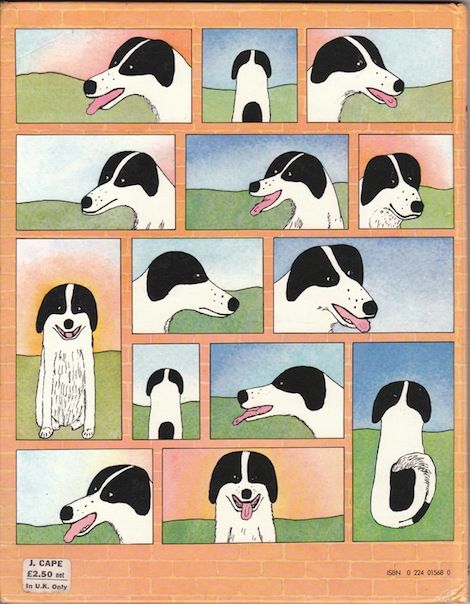 co-ops Patch's entire existence, along the way setting up himself and his expansively growing company in superfluous luxury—no surprise?! Eventually Patch escapes from being an enslaved cog – and worse – in the means of production and returns to "the true joys of life: fresh air, grass and trees," alongside his sweetheart Honey.
co-ops Patch's entire existence, along the way setting up himself and his expansively growing company in superfluous luxury—no surprise?! Eventually Patch escapes from being an enslaved cog – and worse – in the means of production and returns to "the true joys of life: fresh air, grass and trees," alongside his sweetheart Honey.
 Gloria Goldreich has listened to her relatives and ancestors and also done a lot of historical research. From chapter 1, Leah's peregrinations take her from Russia, where her ancestors had moved to from Poland, to a New York City tenement, on to New York's affluent suburbs, then finally to Israel; as the story unfolds, she also visits the American South and makes a trip back to Russia to visit her aging parents. How interesting it is to observe how pieces of the past cling to present places and events and how Leah and her family consciously and sometimes not-so-intentionally shed parts of their pasts as they try out and embrace new ideas, new ways of living, and ways of being. At the start of the book it seemed to me the author had drawn the landscape and backdrop with far more clarity than she'd pictured the people, but as the chapters evolved and I kept reading, the characters became clearer and more alive to me. Possibly a combination of how the book was written and my greater familiarity with them as I turned pages?!
Gloria Goldreich has listened to her relatives and ancestors and also done a lot of historical research. From chapter 1, Leah's peregrinations take her from Russia, where her ancestors had moved to from Poland, to a New York City tenement, on to New York's affluent suburbs, then finally to Israel; as the story unfolds, she also visits the American South and makes a trip back to Russia to visit her aging parents. How interesting it is to observe how pieces of the past cling to present places and events and how Leah and her family consciously and sometimes not-so-intentionally shed parts of their pasts as they try out and embrace new ideas, new ways of living, and ways of being. At the start of the book it seemed to me the author had drawn the landscape and backdrop with far more clarity than she'd pictured the people, but as the chapters evolved and I kept reading, the characters became clearer and more alive to me. Possibly a combination of how the book was written and my greater familiarity with them as I turned pages?! 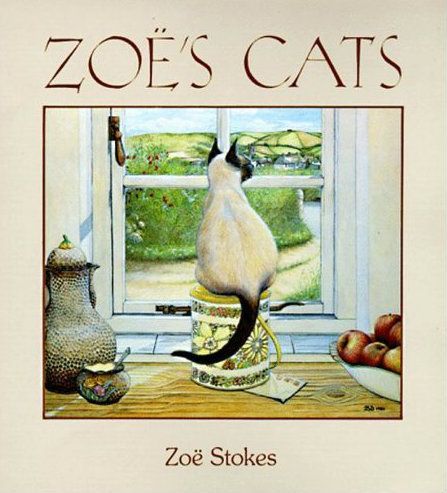

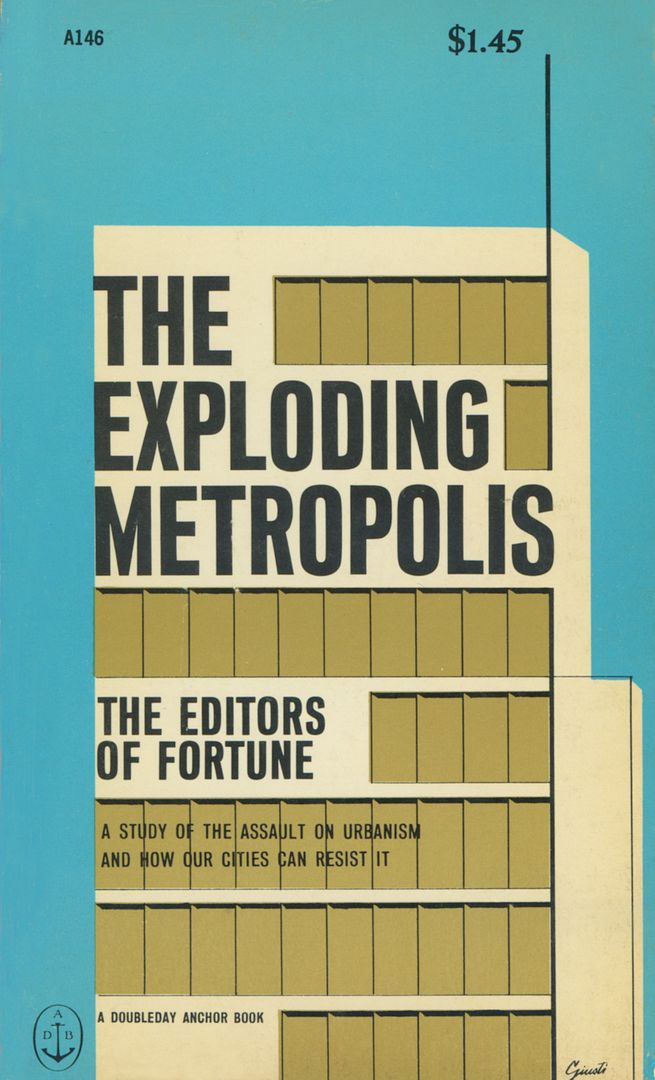 I'm blogging and reviewing the original © 1958 that has been in my library close to forever but I'm posting my review with the 1993 revision.
I'm blogging and reviewing the original © 1958 that has been in my library close to forever but I'm posting my review with the 1993 revision. 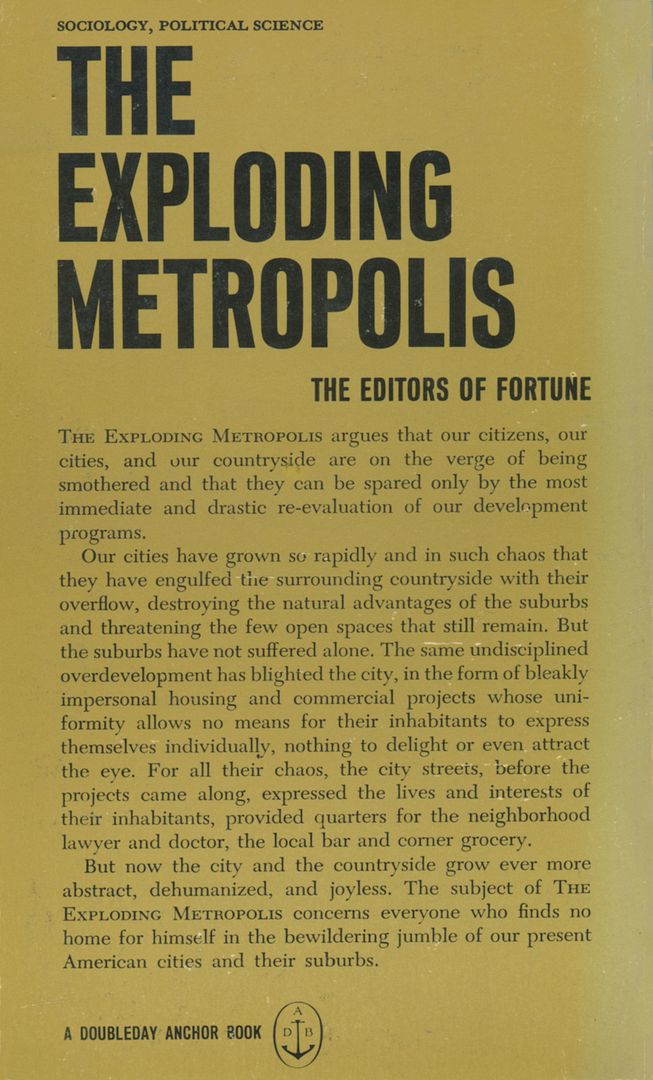 This book now is more than a half-century old, but ever since humans began moving from hunter-gathering into settlements, they've had to figure out the best relationships between living space and working space and the most convenient ways to get back and forth from one to the other; planning and implementing the most pleasing, amenable, visual layouts alongside the practical became close to essential.
This book now is more than a half-century old, but ever since humans began moving from hunter-gathering into settlements, they've had to figure out the best relationships between living space and working space and the most convenient ways to get back and forth from one to the other; planning and implementing the most pleasing, amenable, visual layouts alongside the practical became close to essential. 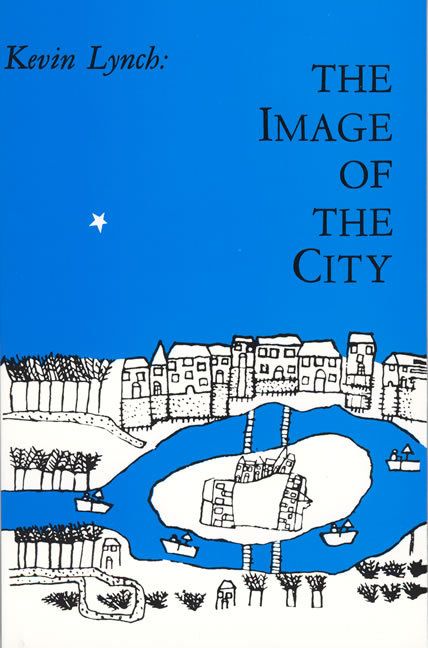 The Legible City—a city you can read! As an iconographer writes rather than draws or paints an icon, a city comprised of colors, shapes, motion, and light can be viewed, read, and interpreted as an environmental image. The picture includes identity (what is it?), structure (space, shape, pattern relation and discrimination), and meaning (emotional, psychological, historical values) from the observer's own experiences. Each image derives from here and now; the city "image also is soaked in memories and meanings." [page 1] And, of course, there's not a single public image of any city, but a series of overlapping and interrelated ones.
The Legible City—a city you can read! As an iconographer writes rather than draws or paints an icon, a city comprised of colors, shapes, motion, and light can be viewed, read, and interpreted as an environmental image. The picture includes identity (what is it?), structure (space, shape, pattern relation and discrimination), and meaning (emotional, psychological, historical values) from the observer's own experiences. Each image derives from here and now; the city "image also is soaked in memories and meanings." [page 1] And, of course, there's not a single public image of any city, but a series of overlapping and interrelated ones.  Susan Schneider traveled far and wide collecting "vignettes" from couples in all 48 contiguous United States and several other countries. You can open at random to any page and discover an enjoyable first-person narrative of how strangers met and eventually became spouses. A couple of the accounts I read when I first checked out the book were stories that ended in divorce making me think, "Oh, no! I do not like this at all!" but though I didn't keep count, divorce was a rare final outcome. I especially like the clean, open-looking layout and the fact the author did not try to make each story exactly the same length with precisely the same opening, middle and closing format. One of the best stories the author presented as (sort of) a single account is actually a trilogy of how three brothers from one large family married three sisters from another large family. Whether you've been single for a long time and aren't seriously looking for someone or you're happily newlywed or approaching a major milestone anniversary, I predict you'll enjoy this book as much as I did. What is more, it would make a great gift for almost anyone on your list, from high school kids just starting to date to centenarian great-great-grandparents!
Susan Schneider traveled far and wide collecting "vignettes" from couples in all 48 contiguous United States and several other countries. You can open at random to any page and discover an enjoyable first-person narrative of how strangers met and eventually became spouses. A couple of the accounts I read when I first checked out the book were stories that ended in divorce making me think, "Oh, no! I do not like this at all!" but though I didn't keep count, divorce was a rare final outcome. I especially like the clean, open-looking layout and the fact the author did not try to make each story exactly the same length with precisely the same opening, middle and closing format. One of the best stories the author presented as (sort of) a single account is actually a trilogy of how three brothers from one large family married three sisters from another large family. Whether you've been single for a long time and aren't seriously looking for someone or you're happily newlywed or approaching a major milestone anniversary, I predict you'll enjoy this book as much as I did. What is more, it would make a great gift for almost anyone on your list, from high school kids just starting to date to centenarian great-great-grandparents!